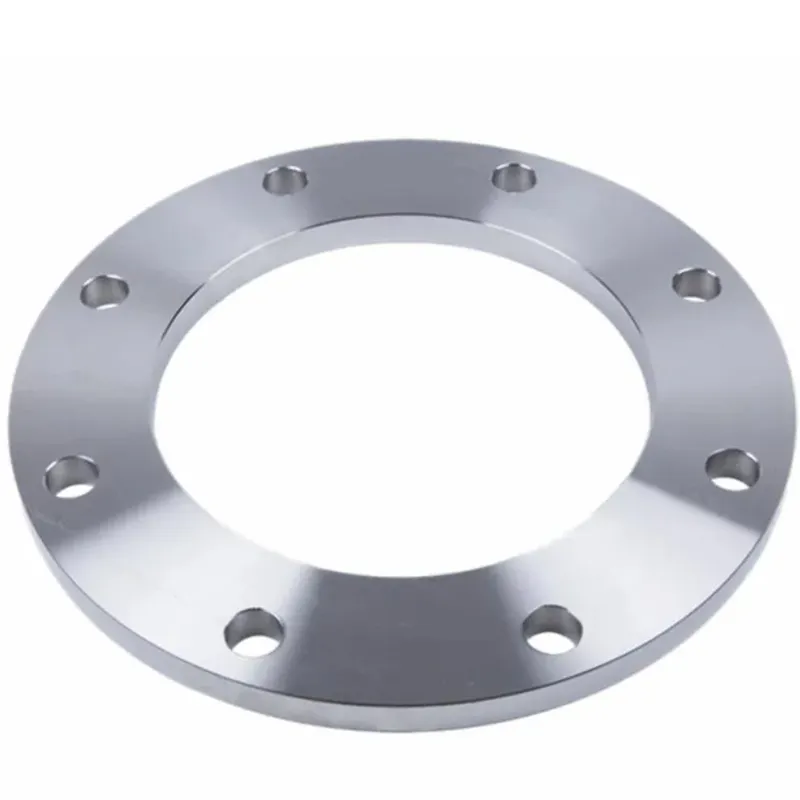-
Cangzhou Yulong Steel Co., Ltd.
-
Phone:
+86 13303177267 -
Email:
admin@ylsteelfittings.com
- English
- Arabic
- Italian
- Spanish
- Portuguese
- German
- kazakh
- Persian
- Greek
- French
- Russian
- Polish
- Thai
- Indonesian
- Vietnamese
- Zulu
- Korean
- Uzbek
- Hindi
- Serbian
- Malay
- Ukrainian
- Gujarati
- Haitian Creole
- hausa
- hawaiian
- Hebrew
- Miao
- Hungarian
- Icelandic
- igbo
- irish
- Japanese
- Javanese
- Kannada
- Khmer
- Rwandese
- Afrikaans
- Albanian
- Amharic
- Armenian
- Azerbaijani
- Basque
- Belarusian
- Bengali
- Bosnian
- Bulgarian
- Catalan
- Cebuano
- China
- China (Taiwan)
- Corsican
- Croatian
- Czech
- Danish
- Esperanto
- Estonian
- Finnish
- Frisian
- Galician
- Georgian
- Kurdish
- Kyrgyz
- Lao
- Latin
- Latvian
- Lithuanian
- Luxembourgish
- Macedonian
- Malgashi
- Malayalam
- Maltese
- Maori
- Marathi
- Mongolian
- Myanmar
- Nepali
- Norwegian
- Norwegian
- Occitan
- Pashto
- Dutch
- Punjabi
- Romanian
- Samoan
- Scottish Gaelic
- Sesotho
- Shona
- Sindhi
- Sinhala
- Slovak
- Slovenian
- Somali
- Sundanese
- Swahili
- Swedish
- Tagalog
- Tajik
- Tamil
- Tatar
- Telugu
- Turkish
- Turkmen
- Urdu
- Uighur
- Welsh
- Bantu
- Yiddish
- Yoruba

Dec . 05, 2024 13:33 Back to list
hydraulic flange
Understanding Hydraulic Flanges Key Components in Fluid Power Systems
Hydraulic systems have become essential in a wide range of industrial and construction applications, providing efficient solutions for power transmission. At the core of these systems, hydraulic flanges play a crucial role in ensuring the secure and efficient connection of different components. This article delves into the importance, types, and features of hydraulic flanges, shedding light on their vital function within hydraulic systems.
What is a Hydraulic Flange?
A hydraulic flange is a mechanical component that serves as a connector between two sections of hydraulic piping or equipment. It typically consists of a flat disc, often with a raised face or a groove, allowing for a detachable connection. The flange is equipped with holes that facilitate the use of bolts or screws for secure fastening, ensuring that the connection can withstand high pressures and prevent leaks.
Importance of Hydraulic Flanges
Hydraulic flanges are paramount in maintaining the integrity and efficiency of hydraulic systems
. The primary role of a hydraulic flange is to provide a reliable, leak-proof connection between hydraulic hoses, tubes, or reservoirs. This capability is vital because even minor leaks can lead to significant losses in hydraulic pressure, resulting in decreased system performance and potential equipment failure.Moreover, hydraulic flanges contribute to the overall safety of hydraulic systems. By ensuring tight connections, they minimize the risk of hydraulic fluid leaks, which can pose hazards to operators and the environment. In industries where hydraulics are integral—such as construction, manufacturing, and automotive sectors—flanges allow for easier maintenance and replacement of components, facilitating quicker repairs and reducing downtime.
Types of Hydraulic Flanges
Hydraulic flanges come in various types, each serving specific applications and designed to operate under different conditions. Among the most common types are
1. Flat Flanges These are simple, flat surfaces that provide a basic connection without any special features. They are often used in low-pressure applications.
hydraulic flange

2. Raised Face Flanges These flanges have a raised portion that provides a better sealing surface. They are widely used in higher pressure applications, ensuring a tighter seal and better resistance to leaks.
3. Ring Joint Flanges Featuring a groove for a ring seal, these flanges are used in applications requiring chemical resistance and high-pressure tolerances.
4. Blind Flanges Designed to seal the end of a pipe or fitting, blind flanges ensure that the hydraulic system remains closed, preventing fluid escape or contamination.
5. Orifice Flanges These flanges have built-in orifices for flow measurement. They are particularly useful in systems where monitoring fluid dynamics is essential.
Features of Hydraulic Flanges
When selecting hydraulic flanges for specific applications, several features should be considered to ensure optimal performance. Key features include material compatibility, pressure ratings, and temperature tolerance. Common materials for hydraulic flanges include steel, stainless steel, and aluminum, each offering various levels of strength, corrosion resistance, and weight.
Additionally, understanding the pressure rating of a flange is critical, as it directly impacts the flange’s ability to sustain the operational demands of a hydraulic system. Each application will dictate whether high, medium, or low-pressure flanges are necessary.
Conclusion
In conclusion, hydraulic flanges are indispensable components of hydraulic systems, serving essential functions that promote efficiency, safety, and reliability. By understanding the different types and features of hydraulic flanges, engineers and technicians can make informed decisions to enhance the performance of hydraulic systems across various industries. As technology advances, the continued development of hydraulic flange designs and materials will further optimize these vital connections, reinforcing the important role they play in modern machinery and equipment.
Latest news
-
ANSI 150P SS304 SO FLANGE
NewsFeb.14,2025
-
ASTM A333GR6 STEEL PIPE
NewsJan.20,2025
-
ANSI B16.5 WELDING NECK FLANGE
NewsJan.15,2026
-
ANSI B16.5 SLIP-ON FLANGE
NewsApr.19,2024
-
SABS 1123 FLANGE
NewsJan.15,2025
-
DIN86044 PLATE FLANGE
NewsApr.19,2024
-
DIN2527 BLIND FLANGE
NewsApr.12,2024
-
JIS B2311 Butt-Welding Fittings LR/SR 45°/90° /180°Seamless/Weld
NewsApr.23,2024











